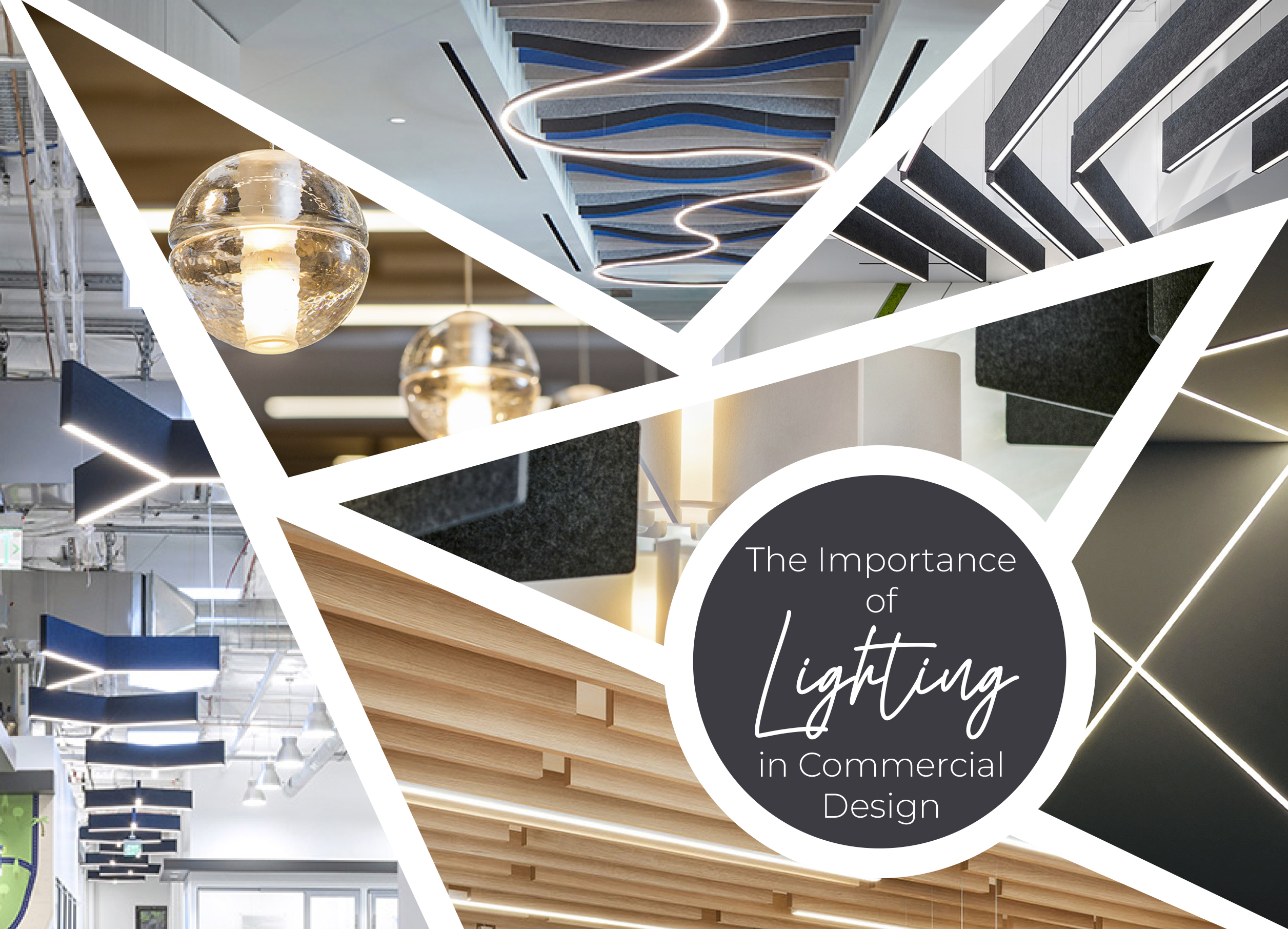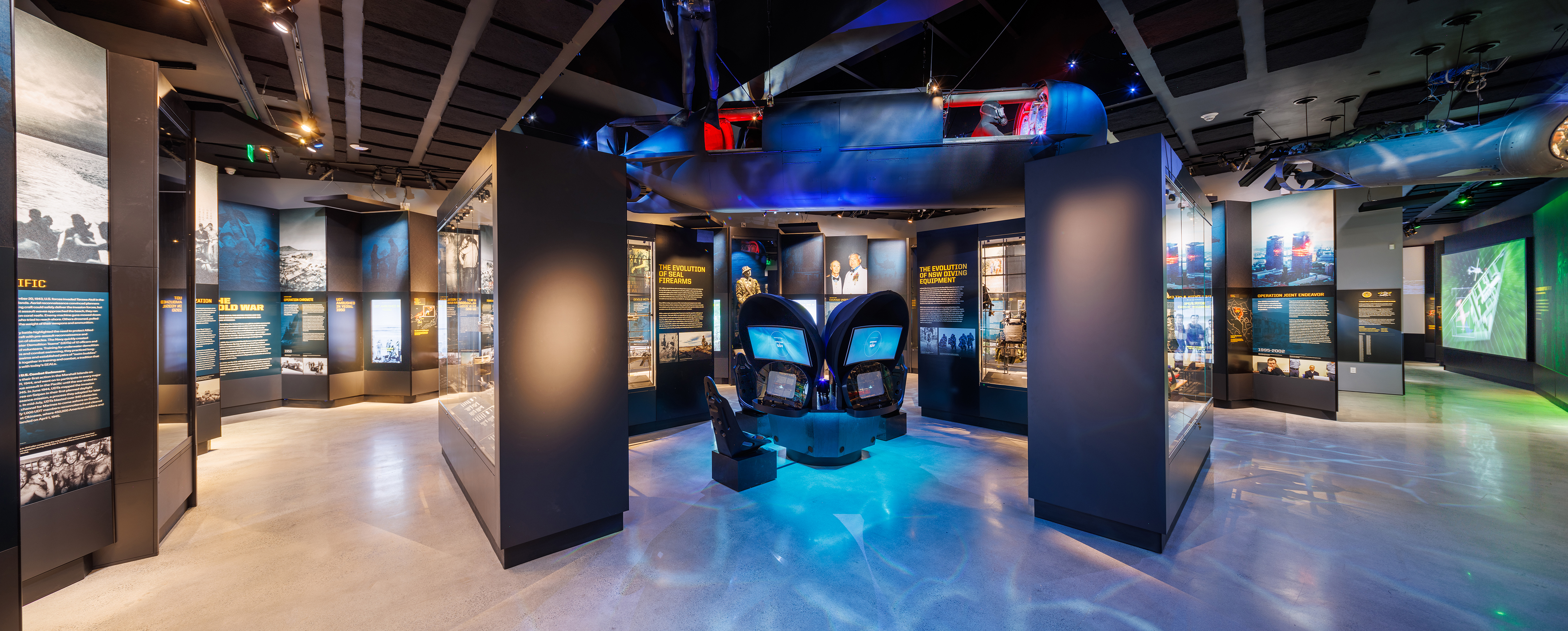Let’s talk about lighting design! It plays a crucial role in interior spaces of all kinds, but especially commercial interiors. Lighting design is not just about illuminating a space; it’s a strategic tool that impacts the overall experience, functionality, branding, and efficiency of a commercial interior.
Aesthetics

An interior designer’s expertise in lighting design can enhance the overall ambiance and mood of a commercial space. Carefully selected lighting fixtures and arrangements can create an atmosphere that aligns with the intended theme or brand identity, making the space more visually appealing and welcoming to customers.
Branding
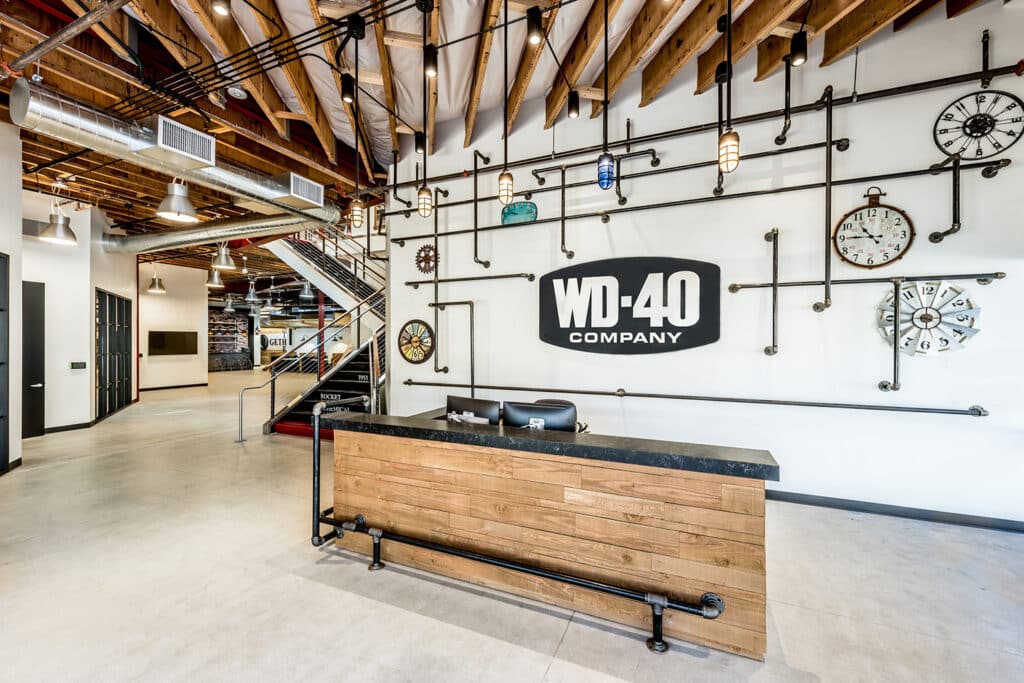
Lighting design plays a crucial role in establishing and reinforcing a brand’s identity. By selecting lighting fixtures, color temperatures, and lighting levels that resonate with the brand’s values, a designer can convey a specific image or message to customers, helping to strengthen brand recognition.
Function

Commercial spaces often have different areas with varied functions. Lighting design ensures that each area is illuminated appropriately.
Task lighting can enhance visibility in workspaces, while ambient lighting can create a relaxing atmosphere in lounges or waiting areas, improving functionality and usability.
Customer Experience
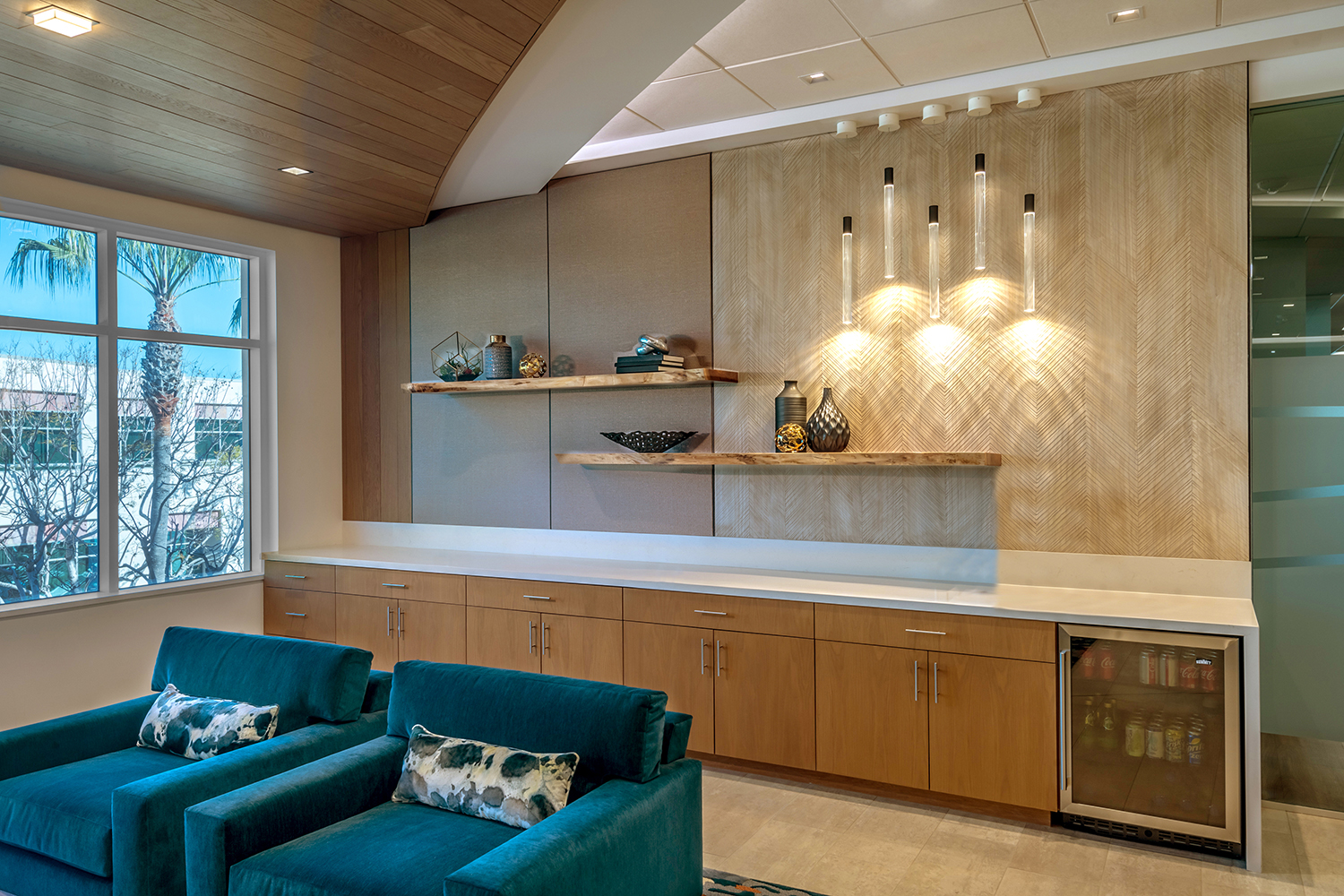
The lighting in a commercial interior can significantly impact customers’ experiences.
Proper lighting can draw attention to displays, products, or focal points, making them more visually appealing. It can also guide customers through the space, enhancing wayfinding and navigation.
Wellness
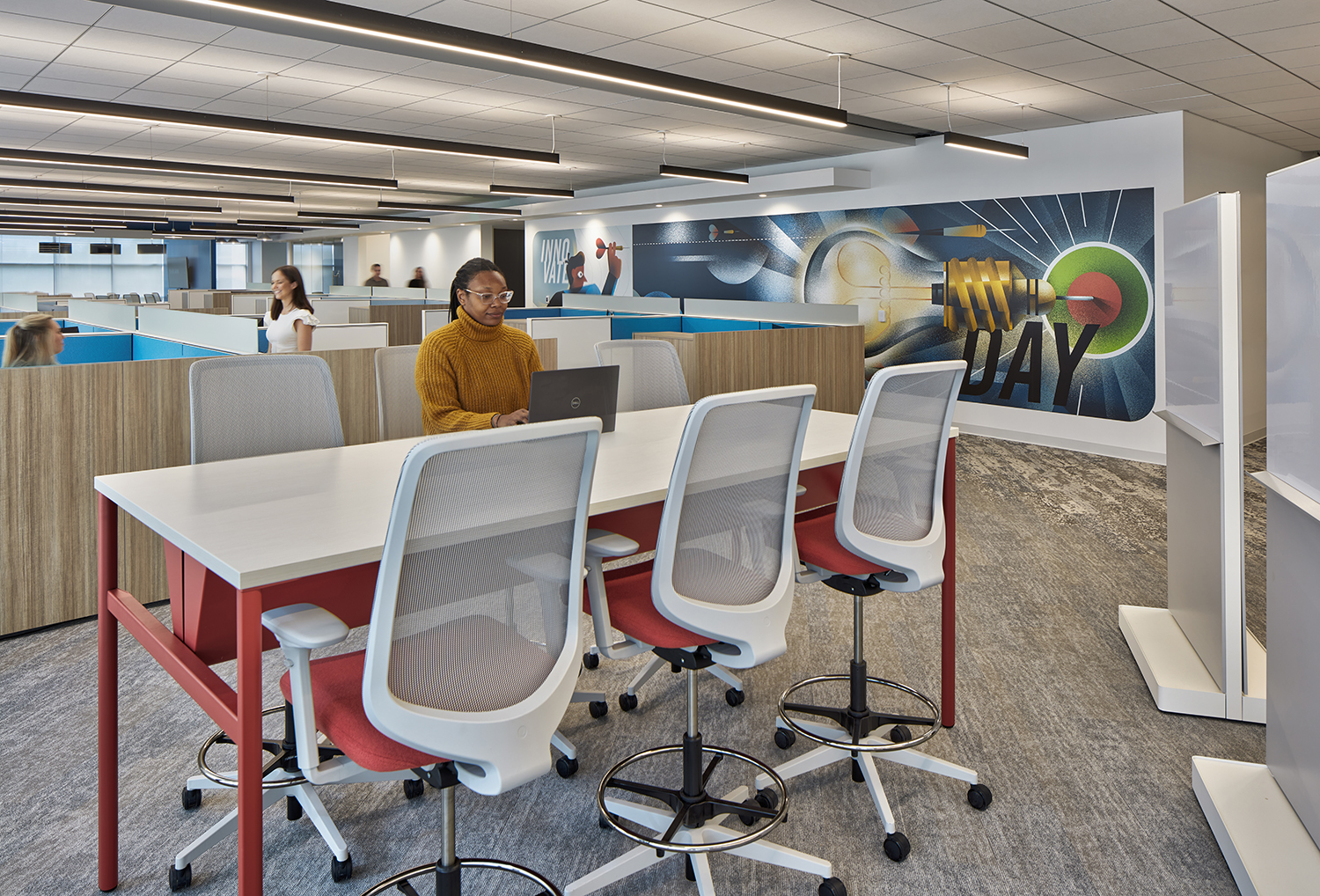
In workplaces, lighting design can affect employee well-being and productivity. Well-designed lighting can reduce eye strain, increase alertness, and create a more comfortable and pleasant working environment, which in turn boosts employee productivity.
Efficiency
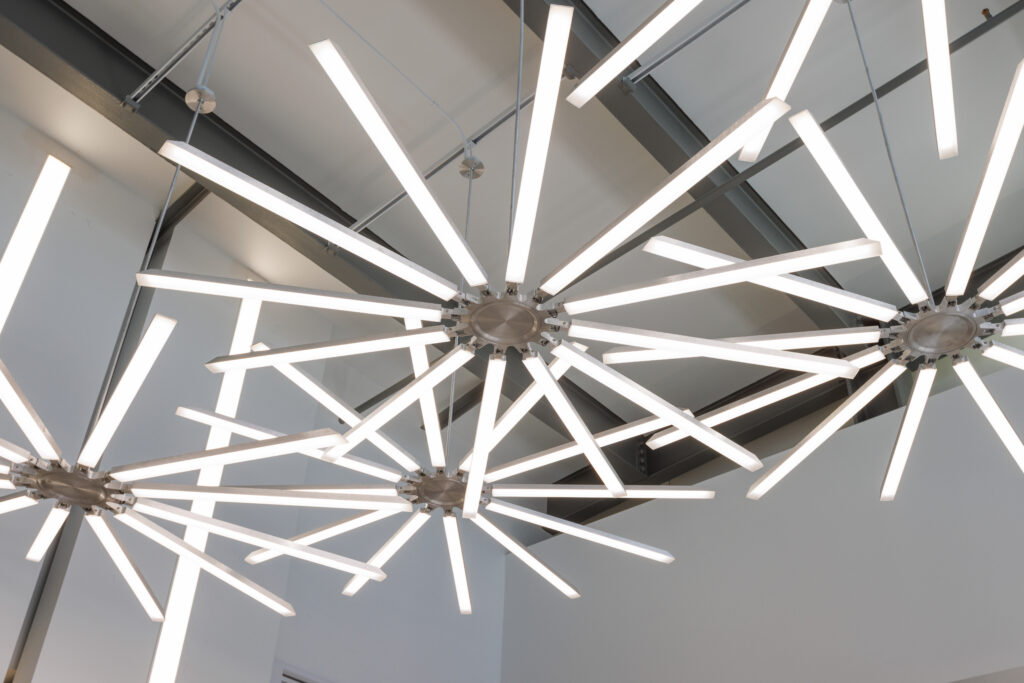
Designers are well-versed in energy-efficient lighting technologies. An intelligently designed lighting system can incorporate energy-efficient technologies such as LED lighting, motion sensors, and smart controls. This not only helps reduce energy consumption and operational costs but also aligns with sustainable practices.
Flexibility

Flexible lighting systems allow for various lighting scenarios throughout the day or for different occasions, which is especially valuable for commercial spaces hosting diverse events or activities. This adaptability ensures that the space can be tailored to meet specific needs.
Compliance

Interior designers are well-versed in building codes and regulations related to lighting levels, emergency lighting, and accessibility. They ensure that the lighting design complies with legal requirements, reducing the risk of non-compliance issues.
Cost Savings
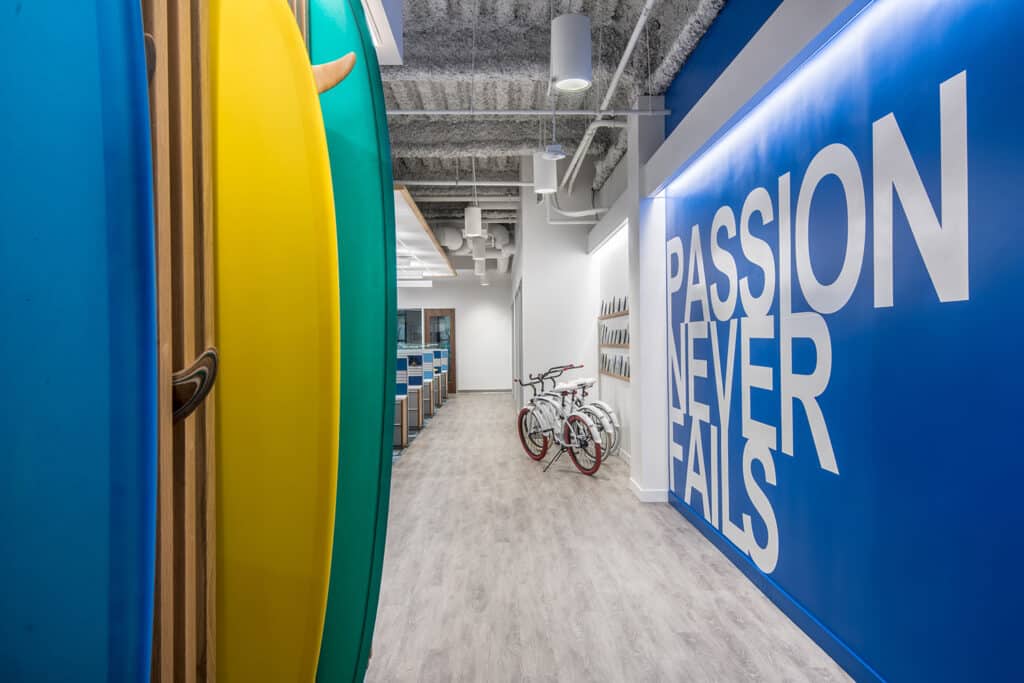
While investing in professional lighting design might have an upfront cost, it can lead to long-term cost savings. Energy-efficient lighting technologies and strategies can significantly reduce operational expenses over time.
Security

Adequate lighting is crucial for ensuring the safety and security of both customers and employees. Properly lit areas help prevent accidents, improve visibility, and deter potential security threats, creating a safer environment.
